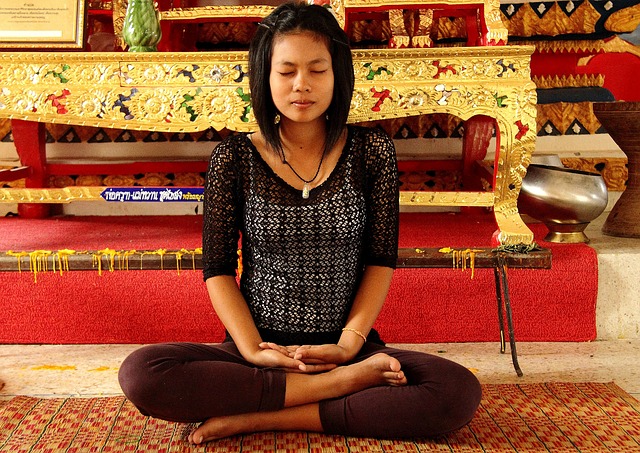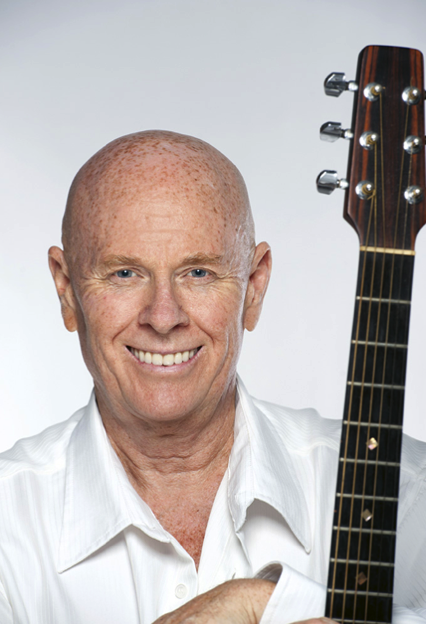Somatic meditation involves grounding your meditation in your body and not in your mind. We spend so much time in our minds, thinking about the past and the future.
This form of meditation enables us to take advantage of the “natural wakefulness” of our own bodies and to really connect with the present moment.
Conscious breathing is central to somatic meditation and this can take many forms such as:
- lower belly breathing
- whole body breathing
Somatic meditation also incorporates awareness about sensations in your body that you can develop through practices such as posture alignment, massage, mindful walking and progressive relaxation.
Dr. Catherine Kerr, through her neuroscience research, has shown that mindfulness-based body awareness (developed through conscious breathing and awareness of body sensations) can actually change your mind.
She demonstrates how somatic meditation can overcome negative thoughts and reduce depression, stress and distress from chronic pain.
Sandra Hotz, through her Body Centred Psychotherapy, uses somatic meditation for healing trauma. Your many life experiences are not only stored in your mind but also in your body. Somatic meditation can help to release deep and painful memories that are locked up within your body.
Sandra offers personal counselling as well as a range of meditation classes and courses, including courses in somatic meditation.
Somatic meditation takes so little time and effort but its benefits are far-reaching. It will help you to achieve stillness and calm and to reduce the hectic pace of your life – it is one sure way to grow mindfulness.
Image Source: Courtesy of Pixabay.com


